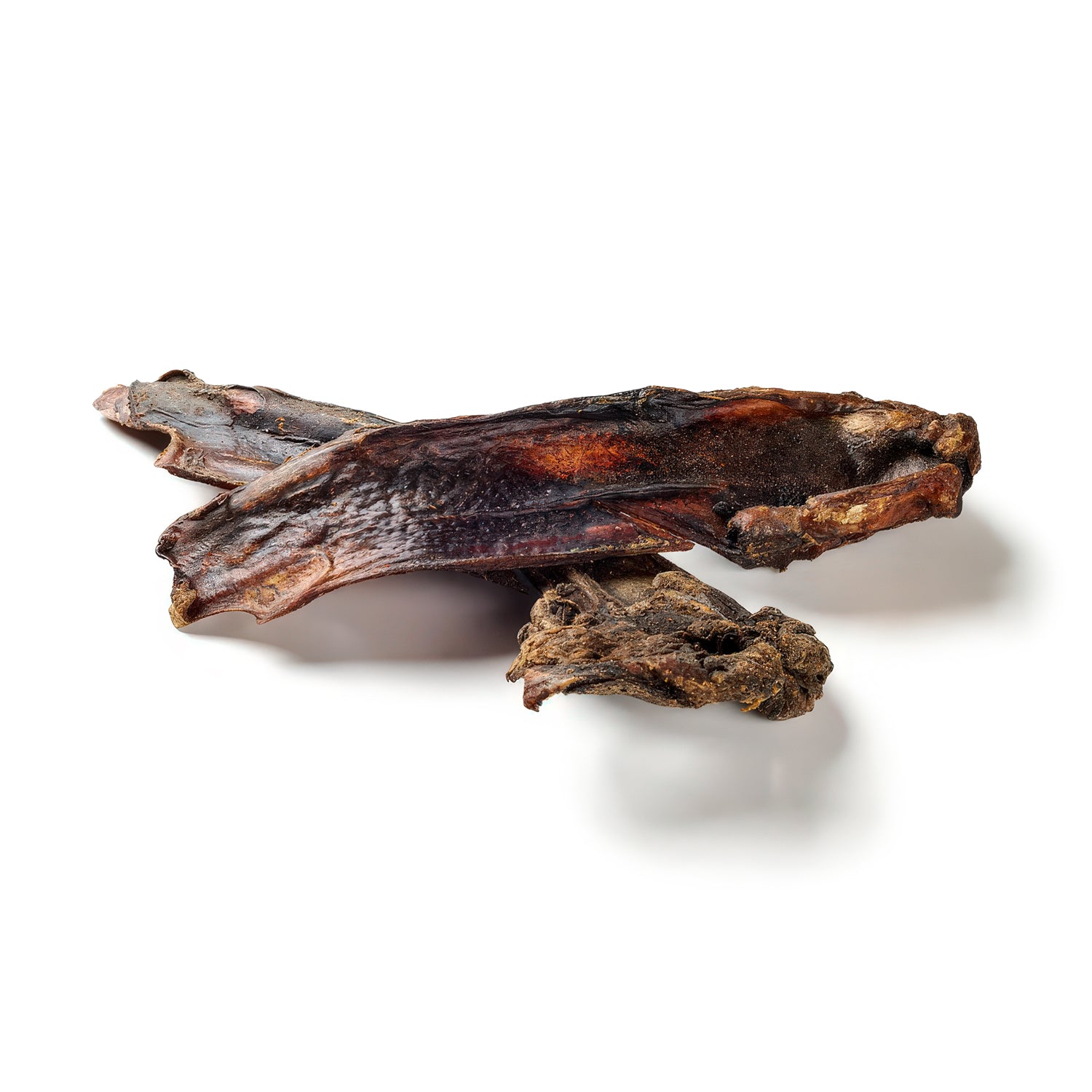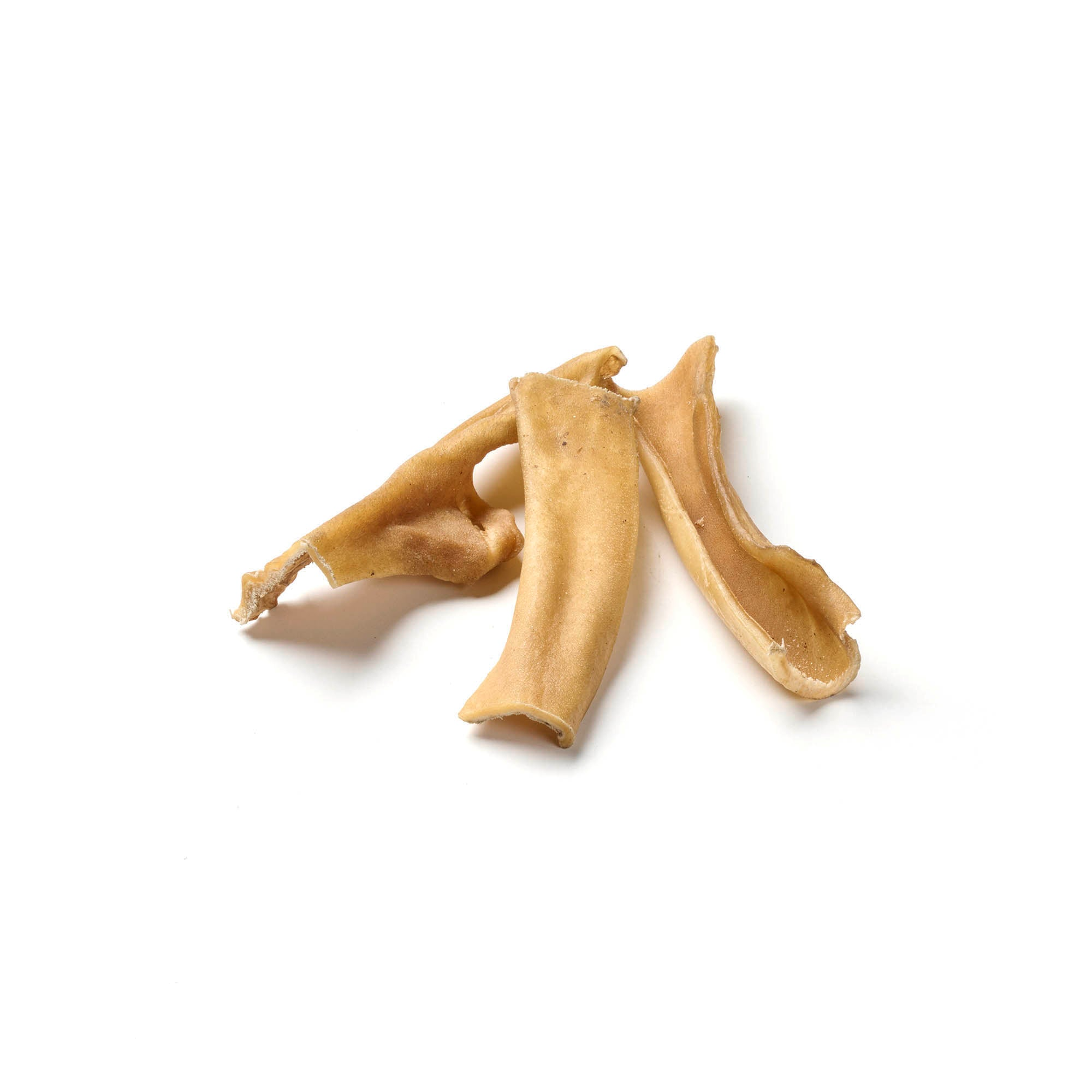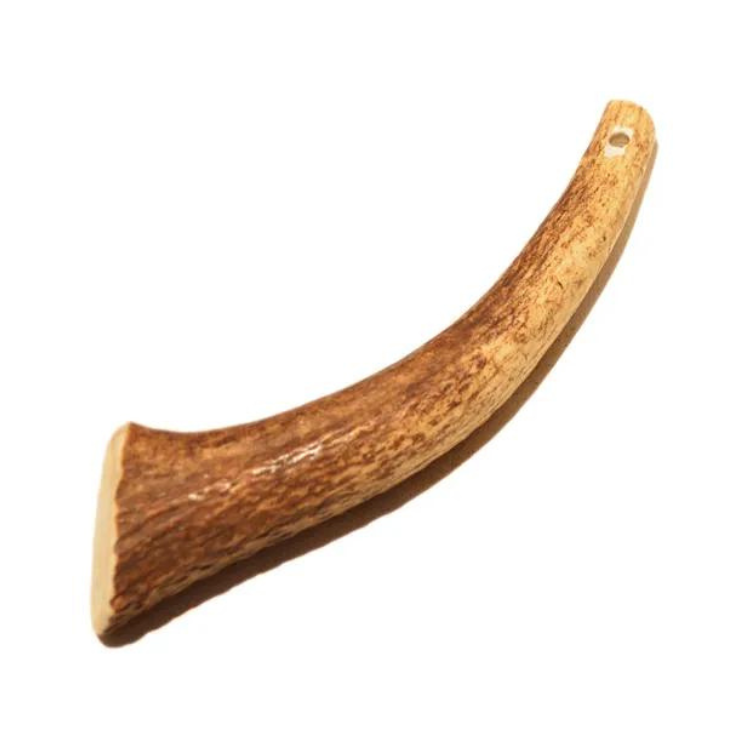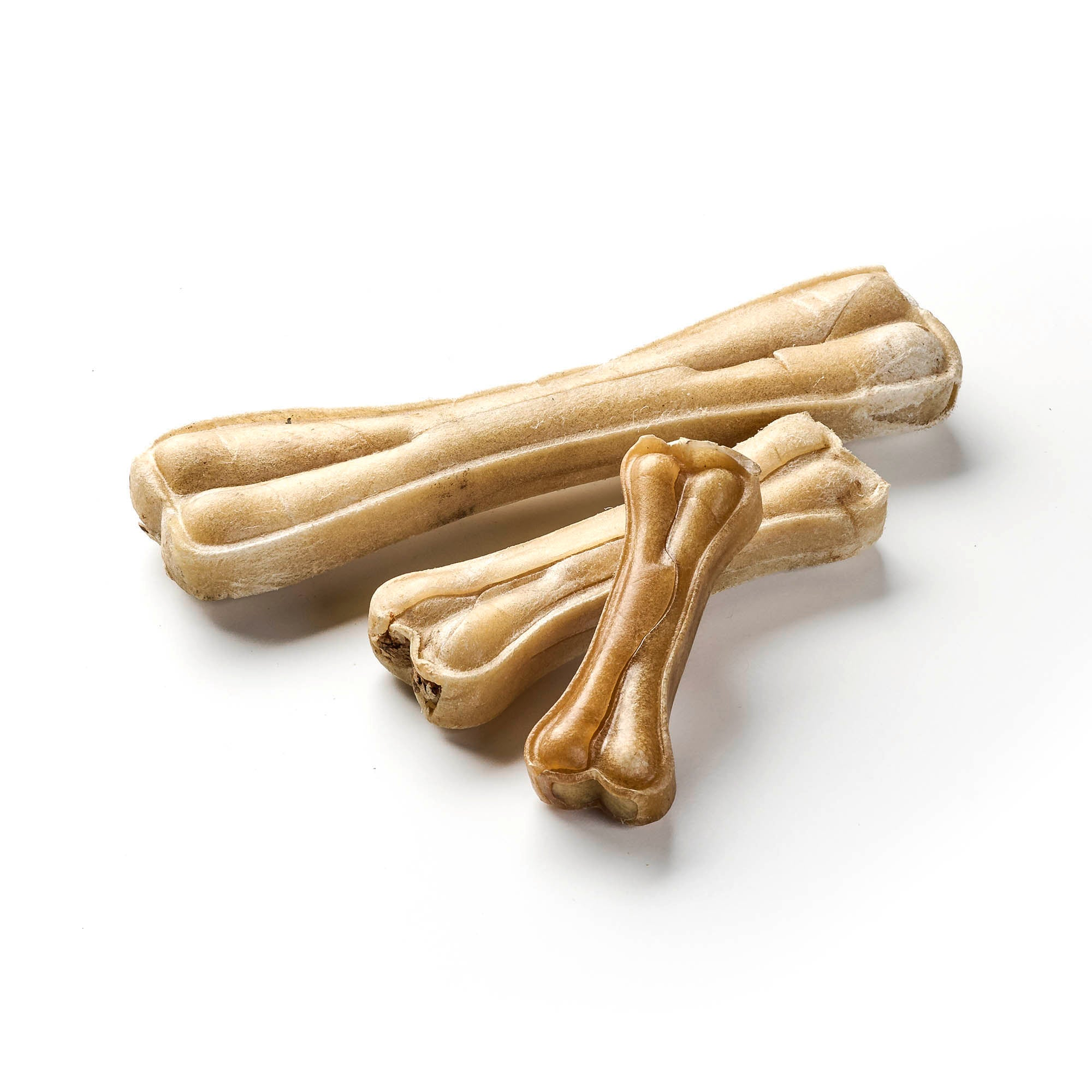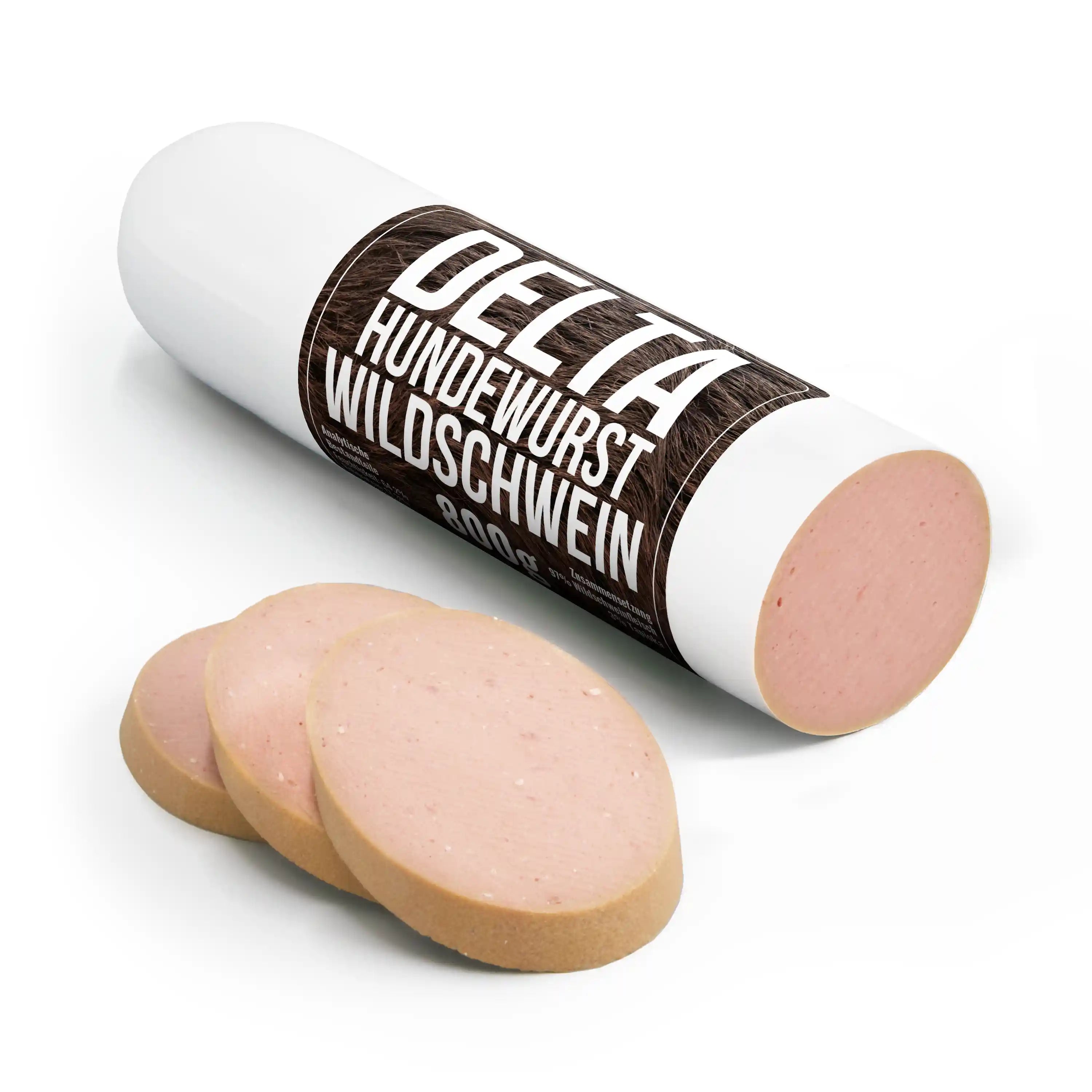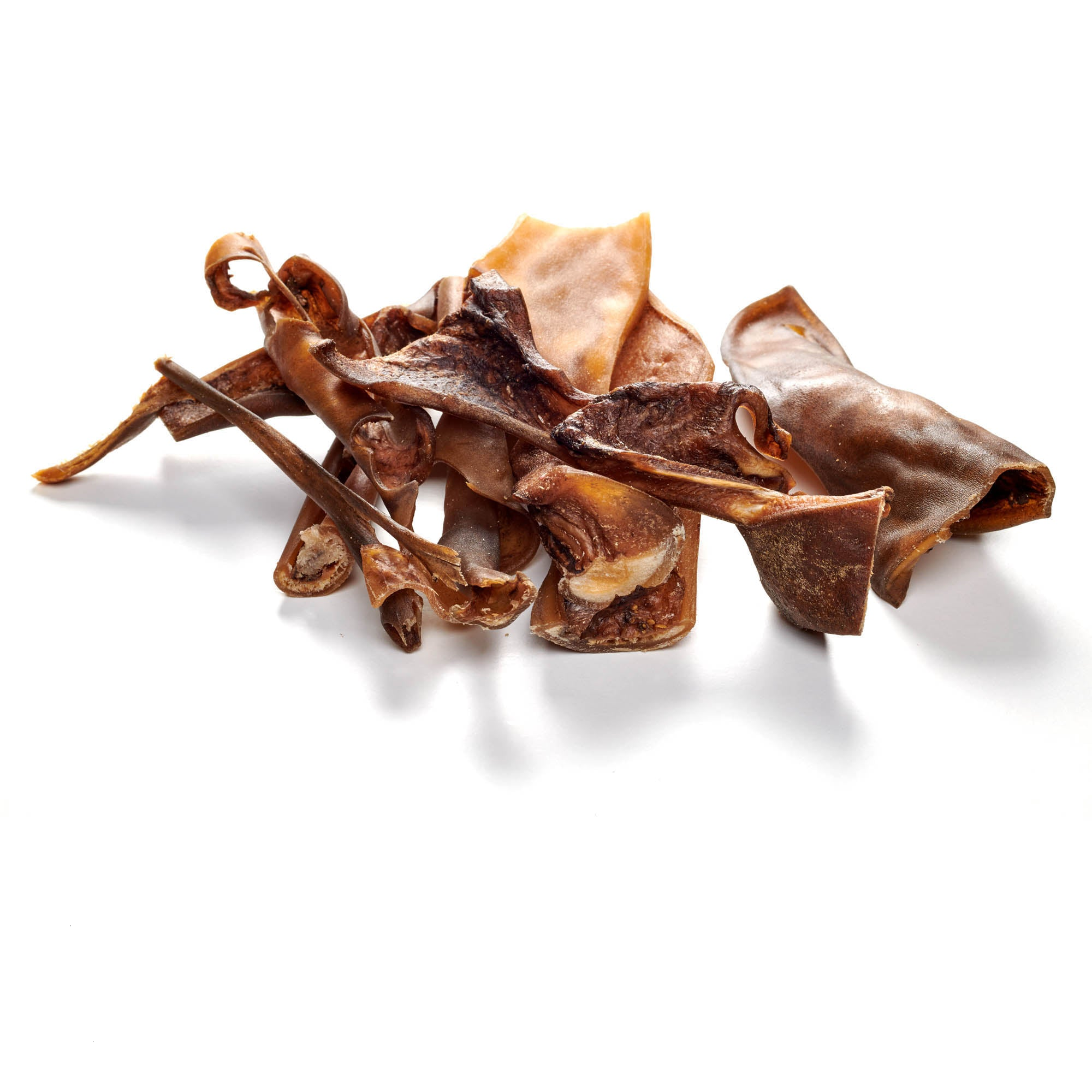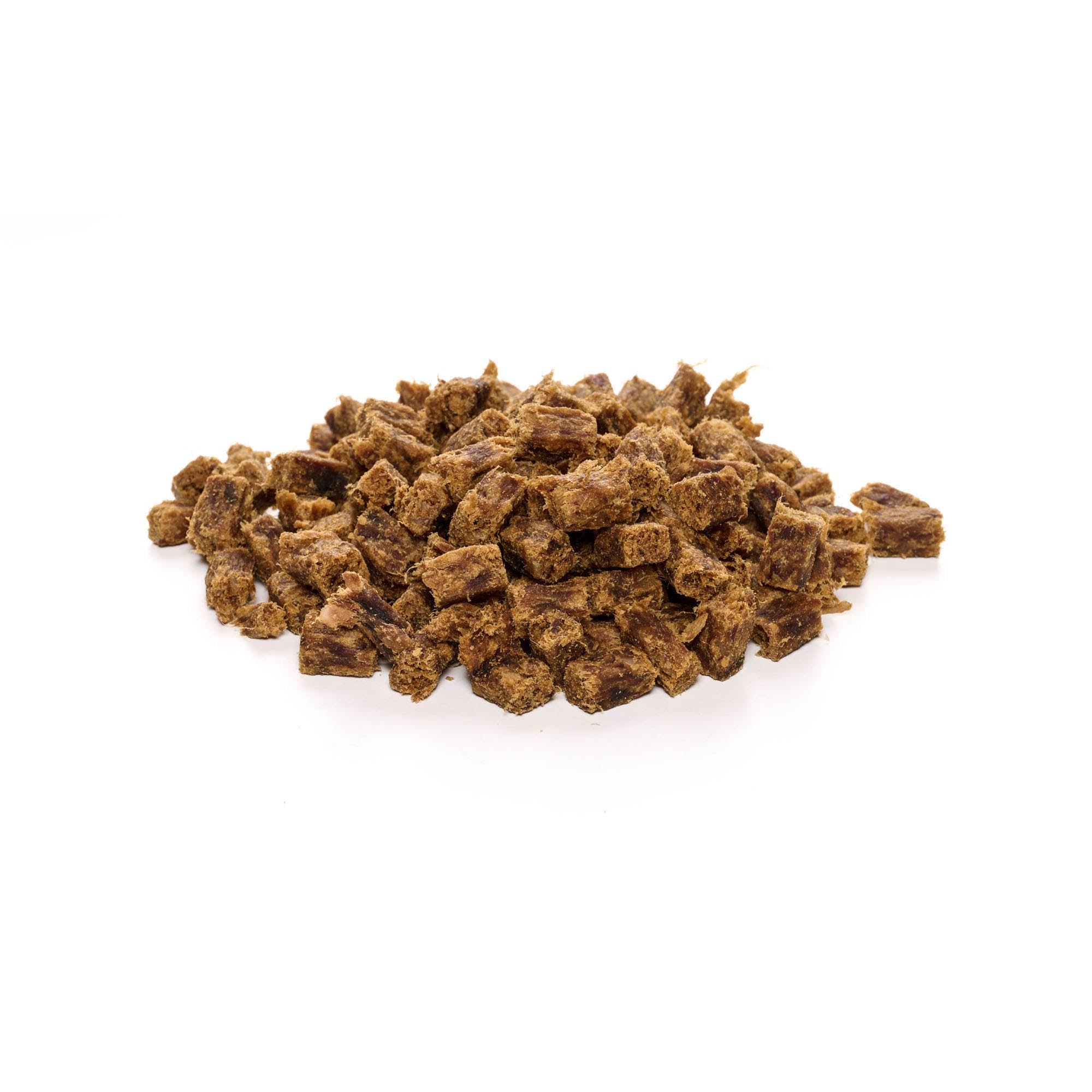
Ticks on dogs - what helps?
Share
Ticks are a well-known problem. Every year, the small arachnids not only plague us, but also our dogs. Preventive measures can be taken to counteract these pests. But when is tick season and how do I prepare for it? Ticks in dogs - what helps?
Content: Ticks in dogs
- Tick season
- What are ticks actually?
- Tick species in Germany
- Searching for and finding ticks on dogs
- The dangers of ticks in dogs
- Tick protection for dogs
- Removing ticks from dogs
- Conclusion
Pamper your dog with our delicious chews!
Tick season
Ticks hibernate at temperatures below seven degrees Celsius. As soon as the temperatures rise, tick season begins. How early in the year the little bloodsuckers become active depends heavily on regional temperature fluctuations. In Germany, the season can last from February to October - a large part of the year! So if you are in the garden or outside with your dog, you should always expect ticks during this period.
What are ticks actually?
But what exactly are ticks? These small animals are genetically related to spiders. What many people probably don't know is that the blood-sucking parasite is considered the most dangerous animal in Germany - not because ticks themselves are poisonous, but because of all the diseases they can transmit. TBE (early summer meningoencephalitis), for example, can sometimes even be fatal - even for humans! Ticks are ambush predators and as soon as the temperature rises above seven degrees, they climb onto bushes and grass to jump onto vertebrates passing by. They can reach heights of up to 1.5 meters and can smell their hosts with what is known as the Haller organ.
Tick species in Germany
Not all ticks are the same. The wood tick is the most common type in Germany. It can be recognized by its large dorsal shield. The hedgehog tick comes in second place, but is often hidden in the burrows of its hosts, such as foxes, weasels or the hedgehog that gives it its name. In recent years, the giant tick Hyalomma from Africa and Asia has also been appearing more and more frequently in Germany. It is usually introduced by migratory birds or imported reptiles. However, it is still so rare in this country that it does not pose any significant danger.
Searching for and finding ticks on dogs
Up to 60% of all tick bites on dogs go unnoticed. Of course, it is not easy to check the sometimes shaggy mane of your beloved four-legged friend for ticks - especially after every walk . This makes early treatment with tick protection products all the more important.
In order to avoid finding the nasty bloodsuckers when they are big and fat, it helps to know where they like to bite. Almost 50% of ticks attack the head. The closer the distance to the ground, the greater the probability that a tick will jump from its blade of grass and become lodged in the dog's fur.
Reward your best friend with our dog treats!
The dangers of ticks in dogs
The greatest danger does not come from the tick itself, because the bite itself is neither very painful nor dangerous.
It is diseases such as TBE or Lyme disease that are transmitted by ticks that make them so dangerous. Other diseases include anaplasmosis, babesiosis and ehrlichiosis.
Overview of diseases
- TBE
- Lyme disease
- Anaplasmosis
- Babesiosis
- Ehrlichiosis
Tick protection for dogs
There are a number of measures that can be taken to protect the dog and yourself from tick bites and their consequences. For example, we humans can get vaccinated against the resulting diseases - dogs can only do this against Lyme disease. However, this is not always advisable and the decision should be made with the vet based on regional conditions and the dog's everyday life. Since there is no vaccination for any other diseases, it is recommended to use a tick repellent anyway. These preparations are usually applied to the neck and spread over the entire body via the sebum layer of the dog's fur. They stop ticks from sucking blood or kill them before they can become dangerous. The most important points for successfully combating ticks in dogs:
- Avoid hotspots - there are strong regional differences
- Wear long pants and tops - even if it's difficult in summer
- Thoroughly check and brush the dog after walks
- Prevention with tick protection products
There are various types of tick protection for dogs. On the one hand, there are chemical spot-ons that are applied to the fur, usually in the neck area, and keep ticks and often other insects away using pesticides, biocides or neurotoxins. Corresponding collars work in a similar way, but usually with poorer results. In addition to the toxic substances, these options also have the disadvantage that the dogs are not allowed into the water for a few days and residues of the tick medication can form in the fur. One promising option is newly developed chewable tablets. These do not have the annoying "side effects" of the chemical options. Disguised as treats, they only work after the tick bites. The tick absorbs the active ingredient and dies.
See also: Vaccinations for dogs
Removing ticks from dogs
In the very likely event that you do find a tick on your dog, you should have a pair of tick pliers or fine tweezers to hand. When removing it, make sure to grab the tick as close to the skin as possible.
The tick's body must not be crushed under any circumstances, as the pathogens can enter the dog's bloodstream. Using petrol, glue or nail polish is not a good idea! After the tick has been removed, you should examine the area. If there are still traces, it is advisable to disinfect and observe. If the bite wound swells, you should consult a veterinarian.
Conclusion
It is almost impossible to avoid your dog getting acquainted with ticks sooner or later. That is why it is important to take precautions, because every single tick can be a real danger with its potentially deadly pathogens. Not just for dogs, but also for us humans. When it comes to this issue, no effort should be too great.
Discover delicious dog snacks directly from our range!

